
Enhance Your Sports Performance
ENHANCE YOUR SPORTS PERFORMANCE AND PREVENT FUTURE INJURIES BY MY SPORTS INJURY| & PHYSIOTHERAPY MANCHESTER
MY SPORTS INJURY | Sports Physiotherapy clinic is an established clinic Located in Manchester City Centre, our Sports Injury Clinic offers high end Manual physical therapy, soft tissue massage, sports injury rehabilitation and myofascial active release therapy.
HOW MY SPORTS INJURY CAN IMPROVE PHYSIOTHERAPY BASED OUTCOMES – KNOW WHAT IT IS ABOUT?
Sports physiotherapy can improve the performance of athletes through rehabilitation after suffering an injury or by strengthening muscles and joints that prevent possible reoccurrence of injury.
Athlete sports physiotherapy develops its activity in three different phases:
MY Sports Injury & Physiotherapy provides the fundamental framework to excel athlete sports recovery & performance.
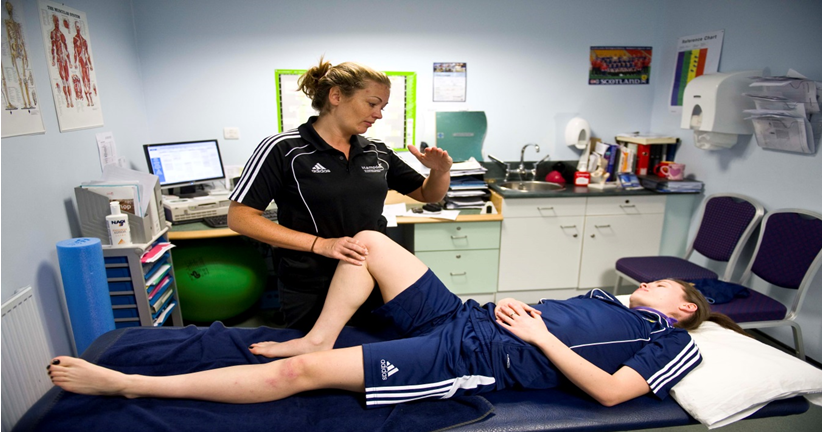
· Postural Correction approach to Rehabilitation of Soft Tissue Injuries: such as sprains, Joint misalignment, muscle tears, overloads, muscular imbalances etc.
· Rehabilitation after operation: Through sports physiotherapy, a rehabilitation plan is designed based on the characteristics of the injury, the athlete and their particular needs.
· Injury prevention: The analysis of the athlete and their discipline allows us to detect possible improvements in their physical sports performance and enhance them through personalised exercises in accordance to their physiology and performance test indicators.
“The findings gathered from the studies made, have helped to guide variety of athletes and coaches concerning the benefits and advantages of sports physiotherapy , a study revealed that it was more specific to have sports massage and including this kind of therapy into competition and training” Holly Louisa Davis, Timothy James Ainsley Chico and Samer Alabed (2020) published: Effects of sports massage on recovery and performance sporting events.
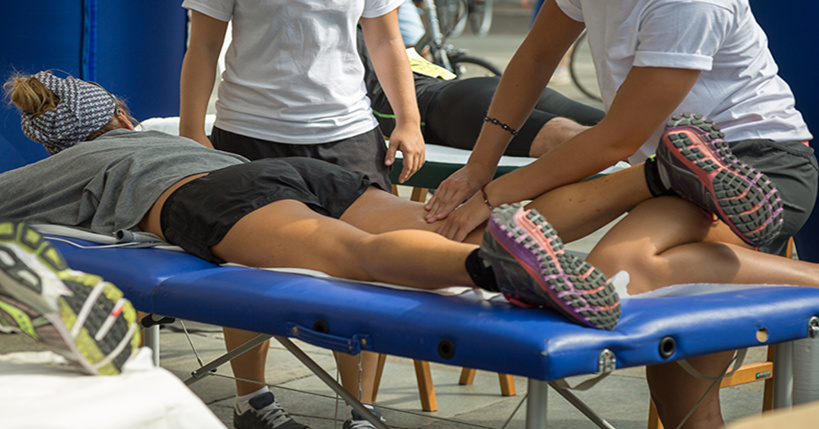
“In order to improve your sports injury you’ve got to build sustainable habits through gradual progression”.
How does physical therapy at My Sports Massages Injury Clinic in Manchester City Centre prevent future injuries?
Many injuries are caused by involuntary habits or gestures that damage our bodies Biomechanics and we have not even noticed it.
Can we injure ourselves just by doing sports practice?
Sports activities, due to their physical demands, are one of the factors that most influence when suffering an injury; but in our day-to-day life, it is true that there are many occasions when it is easy to damage our body.
For a few years we can already say that a computer, a laptop or a smartphone are elements that are not lacking in many jobs, and that they are found in practically every home.
Some of the Most Common non-sporting injuries are:
- Back and neck injuries.
- Carpal tunnel syndrome.
- Repetitive Strain Injuries from the Mouse / keyboard / Laptop
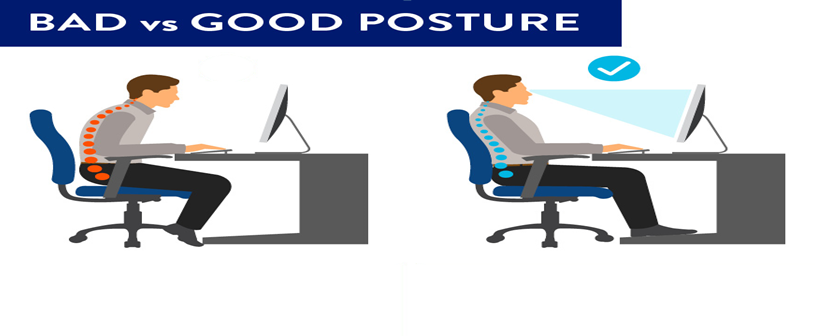
Sports physiotherapy can find the factors that can lead us to suffer certain injuries and correct them to ensure good physical condition and improve sports performance.
Is physical therapy job only to improve your contractures and overloads?
Sports physiotherapy is responsible for analysing what are the specific needs of each athlete and individual within their discipline to optimize their physical condition and prevent injuries or minor discomfort that may affect their performance.
In this sense, physical manual therapy does much more than relieve contractures and overloads. Your Sports physiotherapist or / Sports Injury Therapist in Manchester City Sports Massage Centre can help you correct postures, optimize movements and strengthen the muscle areas that the athlete needs to perform as well as possible.
“Hamstring injuries often impact elite sports practitioners such as professional footballers and have high-rise reappearances rate. Through a thorough workup and comprehending its risk factors and how the injury works, physicians and physiotherapist specialists in the case would be able to make the decision how manage it with the most adequate and customised treatment approach. Appropriate rehab must tackle muscular strength, neuromuscular control, physical manual therapy, flexibility, sports physiotherapy, eccentric strengthening, lumbopelvic stability and neuromuscular control. These procedures have displayed to be essential therapeutic target to get back an athlete’s successful return, with a significant low risk of reappearance” stated by Gabriel Amorim Ramos, Moises Cohen, Diego Acosta Astur, Alberto de Castro Pochini, Gustavo Goncalves Arliani and Benno Ejnisman (2017).
What do you need to do to prevent injuries?
There are rehabilitation and re-education treatments so that the athlete understands how his body works and how it needs to work so that his performance is optimal. This involves muscle power exercises, stretching, movements, and postures. Each element has its influence on the final result.
According to Bruno T. Saragiotto, Alexandre D. Lopes and Carla Di Pierro (2014)“The principal factors notified by the athletes tied in to how often they injure were improper sport technique, improper nutrition, overtraining and aspects related to athletes’ behaviour. The principal strategies about injury prevention insights informed by the participants were, pre and post sporting event sports physiotherapy assessment, strengthening exercises, nutritional and orientation session counselling”
What are the most common causes of injuries in sports?
The most common causes of sports injuries are: lack of rest, not doing a good warm-up, bad posture for sports, overexertion and the use of inappropriate material such as footwear, clothing or protectors, for these reasons it is indispensable to attend to your physio sports injury or sports injury specialist so you can obtain correct guidance and recovery.
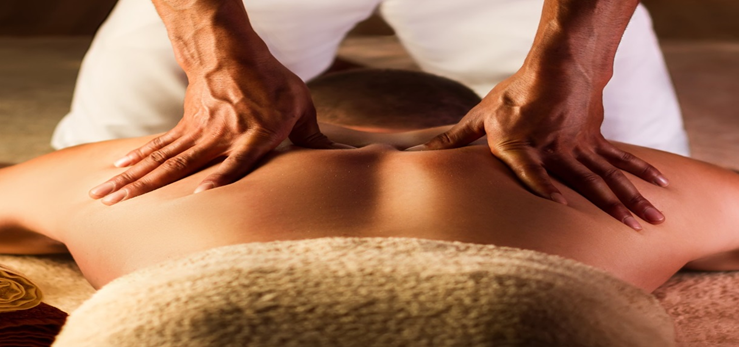
HOW SPORTS MASSAGE CAN COMPLIMENT SPORTS PHYSIOTHERAPY TREATMENT
Sports massage is one more tool used by physiotherapists to complement the treatment of certain pathologies.
The use of Sports massage can be very useful to recover, rehabilitate or even prevent and combined with other techniques it will be the perfect ally for the elite athlete and the amateur.
This type of massage has purposes such as preparing and recovering the muscles, through this massage it is possible to increase sports performance considerably.
What are the main objectives?
· To prevent possible future injuries by improving physical condition.
· To maintain proper body function.
· To treat muscle-type alterations and pathologies.
THE 5 KEY BENEFITS OF SPORT PHYSIOTHERAPY FOR ELITE ATHLETES
Whatever sport you play, a physical therapist will help to improve the toughness and robustness of your body.
· Prevents injuries; at MY SPORTS INJURY CLINIC we offer personalised services according to the sport you practice. At first, the sports physiotherapy expert will study your strength, flexibility and joint flexion. We will use this information to design a routine that will help improve all your physical aspects. Sessions help reduce your chances of experiencing stress, tension, torn ligaments, and cramps.
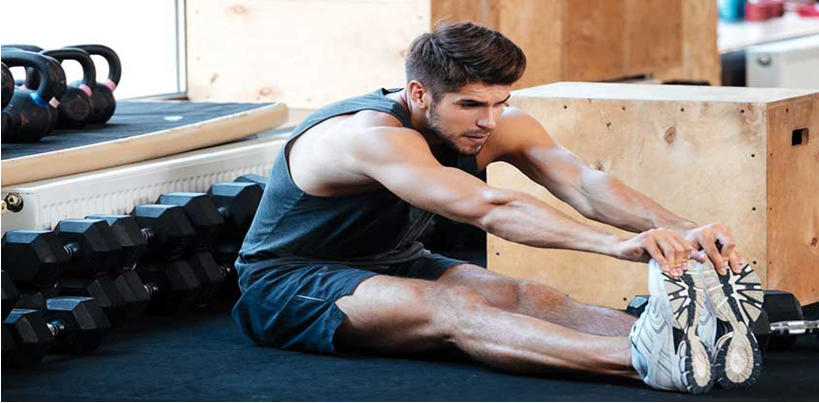
. Improve the physical strength of the athlete; athletes use their physical strength while working. Sometimes they must tolerate punches like boxing, basketball, rugby and football. These activities tighten your muscles. Your bones, joints, muscles and ligaments will be strengthened, which will allow them to withstand the high physical stress that sport requires.
· Helps the body relax; after a long day on the field or in training, athletes have to find their time to relax. Sport Physiotherapy helps you regain the energy in your body and thus perform efficiently the next day.
· Sports injury treatment and rehabilitation; regardless of the amount of care and caution you may take when playing your sport, some accidents can happen. If you have suffered an injury or blow, we will evaluate your case and carry out a specific treatment for your injury or ailment. The recovery time for injuries as common as a sprain or dislocation is drastically reduced if they are treated with physical therapy.
· Improves joint and muscle flexibility; athletes require a flexible and agile body to practice their sport. For example, swimming, football and tennis require a good flexibility of the bodies. Thanks to the physiotherapeutic treatment, we will gain flexibility and you will be guaranteed optimal performance to continue practicing your sport.
A very common injury sustained by young athletes and pro-football players is Chondromalacia patellae, in preparation to reach and facilitate a full recovery, what’s necessary.
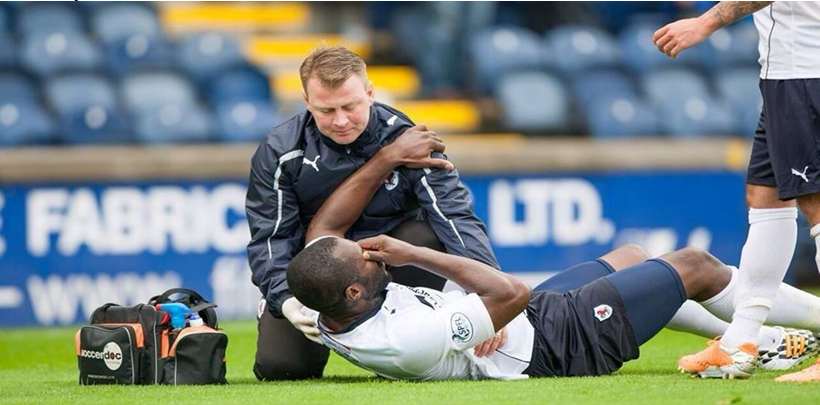
What’s the most effective treatment approach to address Chondromalacia patellar in athletes according to trials outcomes, Conservative vs non-conservative?
“An in-depth study and a controlled trial have been carrying through to determine the effective of chondromalacia patella injury conservative management over one-hundred successive athletes. 82% of athletes reached a success outcome and 18% of them needed a surgical management. It should be noted that eight of one-hundred athletes called for non-conservative treatment. The conclusion was that a non-surgical management like sports physiotherapy, physical manual therapy is highly effective in the majority of the cases” Indicated by P J Mayer, W A Dolan and K E Dehaven (1979).
Every sport is different, so treatment and rehabilitation are different too!
PHYSIOTHERAPY OR SPORTS THERAPY: WHAT’S THE KEY DIFFERENCE AND WHEN DO I NEED TO SEE ONE? WHAT IS BEST FOR YOU?
The key difference is that sports therapy focuses on if the athlete has gotten back or maintained the necessary physical level required for any sporting practice they perform. While, on the other hand physiotherapy tries to permit that patients feel and live pain free through their day to day lifestyle.
Their concepts are often mistaken because they usually overlap on their treatment practices and approaches based on their medical knowledge and sports backgrounds. Which one to attend?
If you are having some diseases, illnesses and respiratory or neurological problems, you better be willing to be assisted by a sports physiotherapy practitioner. Meanwhile, sports therapy practitioners can treat physical impairements related to musculoskeletal rehab and seek for preventing future injuries.
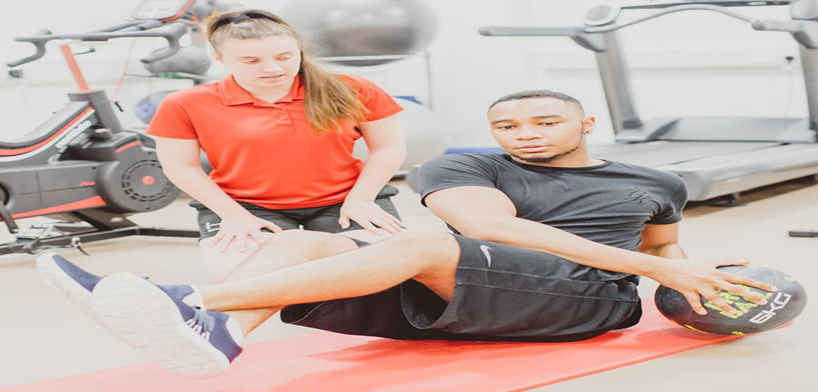
Elite athletes usually look to sports therapy to prepare their body before every competition and so get an outstanding performance. Another way to release you from pain originated whether sports injury or other cause is Physical Manual Therapy without a doubt.
HOW PHYSICAL MANUAL THERAPY CAN IMPROVE SPORTS RELATED INJURIES
Manual therapy known as a “hands-on” approach used by physical therapy clinicians, has been employed to improve sports injuries in a greatly and satisfying way due to its managements by which may be utilised in several conditions, including sports related injuries because manual therapy purposes try to bring about the next effects:
· Modulate pain.
· Change muscle function.
· Reduce soft tissue swelling.
· Induce relaxation; and many others.
What are the manual therapy techniques used to get better sports related injuries?
· Stretches (joints, muscle, neural tissue, fascia)
· Trigger Point Therapy.
· Active releases techniques.
· Massages.
· Traction.
· Assisted active and passive range of motion.
· Joint mobilisation and manipulation.
MY SPORTS INJURY | Sports Physiotherapy clinic is easily accessible for the array of business people working in the city centre and also offers corporate partners direct Sports therapy treatment into businesses and premises in and around Manchester. The reputation of our clinicians is such that they often treat calling on bands/ teams/ casts and production crews for the harmonic mix of entertainment & sporting venues in the city.
REFERENCES
- Malliaropoulos N., Isinkaye T., Tsitas K., Maffulli N. Reinjury after acute posterior thigh muscle injuries in elite track and field athletes. Am J Sports Med. 2011;39(2):304–310.
- Ekstrand J., Hägglund M., Waldén M. Epidemiology of muscle injuries in professional football (soccer) Am J Sports Med. 2011;39(6):1226–1232.
- Sherry M.A., Best T.M. A comparison of 2 rehabilitation programs in the treatment of acute hamstring strains. J Orthop Sports Phys Ther. 2004;34(3):116–125.
- Meeuwisse WH, Tyreman H, Hagel B, Emery C. A dynamic model of etiology in sport injury: the recursive nature of risk and causation. Clin J Sport Med. 2007;17(3):215–219.
- Van Tiggelen D, Wickes S, Stevens V, Roosen P, Witvrouw E. Effective prevention of sports injuries: a model integrating efficacy, efficiency, compliance and risk-taking behaviour. Br J Sports Med. 2008;42(8):648–652.
- Silva AA, Bittencourt NF, Mendonça LM, Tirado MG, Sampaio RF, Fonseca ST. Analysis of the profile, areas of action and abilities of Brazilian Sports Physical Therapists working with soccer and volleyball. Rev Bras Fisioter. 2011;15(3):219–226.
- Alonso JM, Junge A, Renstrom P, Engebretsen L, Mountjoy M, Dvorak J. Sports injuries surveillance during the 2007 IAAF World Athletics Championships. Clin J Sport Med. 2009;19(1):26–32.
- Hughston JC: Subluxation of the patella. J Bone Joint Surg 50A: 1003-1026, 1968.
- Crosby E., Insall J.: Recurrent dislocation of the patella. Relation of treatment to osteoarthritis. J Bone Joint Surg 58A: 9-13, 1976.
- Dimon JH III: Apprehension test for subluxation of the patella. Clin Orthop 103: 39, 1974.

